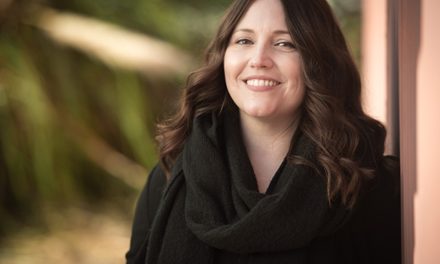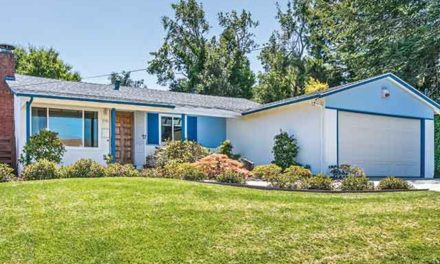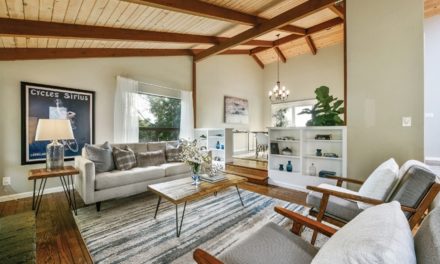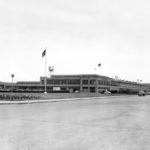Dennis Paoletti takes a sound reading.
How to soundproof your home.
If leaf blowers are howling, music is blasting, or engines are revving outside your house, it can be hard to sleep — or even think. Luckily, there are fixes available for the problem, though some are a bit pricey.
One way to save time and money is to try to talk with your neighbors about the excess noise. But if that doesn’t work, and earplugs and white sound machines don’t do the trick, the two most effective sound-muffling approaches for single-family detached dwellings involve your windows and walls.
Exterior noise infiltrates a house via windows, doors, walls, and roofs, explained Dennis Paoletti, a Bay Area architect and acoustical consultant with decades of experience who is on the design team for the renovation of Oakland’s Calvin Simmons Theatre. “Windows are typically the weakest path,” Paoletti said.
Though double-paned windows are frequently recommended to muffle sound, Paoletti cautioned that standard double-paned windows are only slightly better than single-paned windows. “Exterior environmental noise typically consists of noises from vehicles like automobiles, trucks, motorcycles, which produce a lot of low-frequency sound energy,” he said. “That noise goes through a typical double-paned window because it has only a half-inch of air space between the two panes.”
There are at least two more effective ways to combat sound, experts say. “One option is standalone storm windows made specifically for sound isolation,” said Charles Salter, principal at Charles M. Salter Associates, a San Francisco acoustical consulting firm. “The new glass in the independent windows should be a minimum 3/8-inch laminated glass.”
Paoletti said, “If you have a window that is single-paned or double-paned with a half-inch of air space, the most effective thing is to add an additional pane of glass with the purpose of gaining deep airspace between the old and the new panes of glass.” The air space should be 2 to 4 inches to be effective, he added.
Estimating the prices for these options is impractical, Paoletti said, because there are so many factors.
But just to get a ballpark idea, in 2016 Bay Area Consumers’ Checkbook undercover shoppers were quoted prices of $3,235 to $5,767 for five double-hung replacement windows, each 34 inches by 63 1/2 inches, insulated vinyl with double-glazing. This price range is only for standard double-paned windows.
Choosing the right window company is key, Paoletti said. “You want a window company that focuses specifically on reducing noise or has done that kind of work,” he said.
Unlike windows, walls are generally not the problem, the architect said. In most cases, Paoletti said, walls are heavier and less likely to leak sound. “Insulation is a basic requirement these days. The only caution is older or historic buildings which don’t have insulation.”
It’s easy to find out whether you have insulation. Take off a plate from the wall switch. Typically, you can fish around with a screwdriver and find the insulation — the yellow fuzzy stuff lurking in the wall. Also, “a company that does insulation can come to your home and drill a hole either from the outside or the inside” to check, Paoletti said.
As with window installation, costs vary widely, but installing insulation will likely run about $1,500 to $2,000 for an average 1,500-square-foot house, according to HomeAdvisor.com.
















